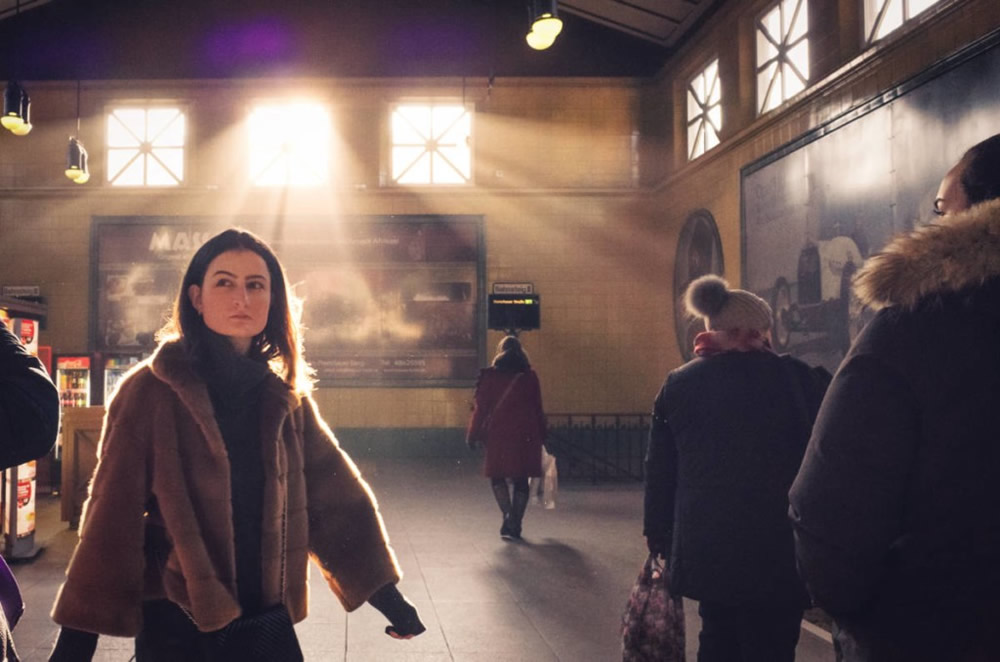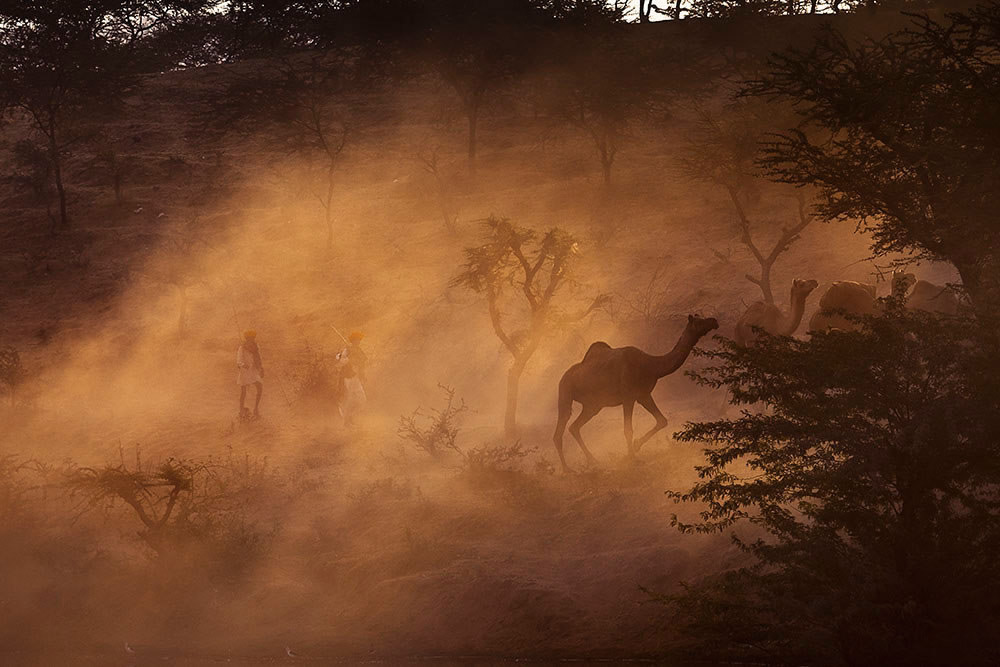During this time of the year, the summer is coming to an end and with it, the sun will be less visible and dominant. Therefore I try to maximize the time that is still left to use the in my favor.
For Street Photography, the sun can be more than a simple resource to lighten up your photograph. The sun can become the main subject of your image in various ways. This can help me to overcome dull days where I don’t seem to find anything else interesting enough to photograph.
Here are my 5 top ways to embrace the sun in my Street Photographs.
1) Silhouettes
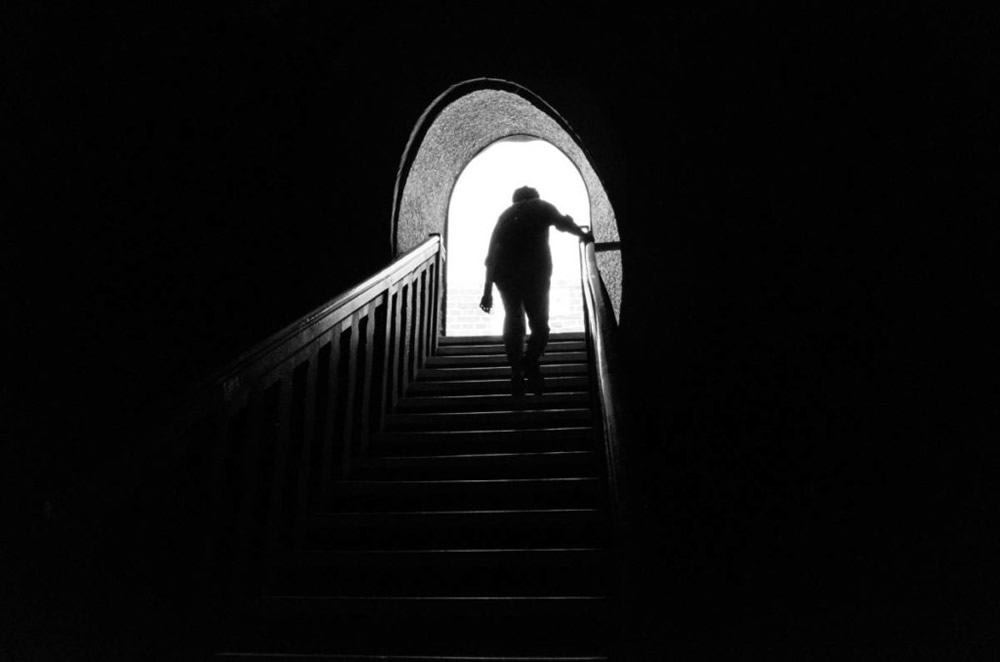
One of the earliest method to embrace the sun was creating silhouettes. They are a pretty common theme in Street Photography and without a doubt, beautiful to look at when done right.
Key to the success of images displaying silhouettes is the separation of the main subject from the background and enough contrast. If your silhouette isn’t separated from the background there is a danger of the image just becoming a dark mess without the opportunity for the viewer to realize what is going on.
Keep attention to the outlines of the subject. If they aren’t visible, try to find another angle where the background isn’t distracting.
Then you only have to place the subject between the sun and your lens. Expose the image to the highlights to avoid any blown out areas. You can post-process the image to increase the contrast or raise the shadows, but you won’t be able to recover any blown out areas.
This means that the preview of the image in your camera will probably be too dark at first, but don’t worry this is how it is meant to be at first. Use the RAW as the basis and edit it from there to get the look that you desire.
2) Shadows
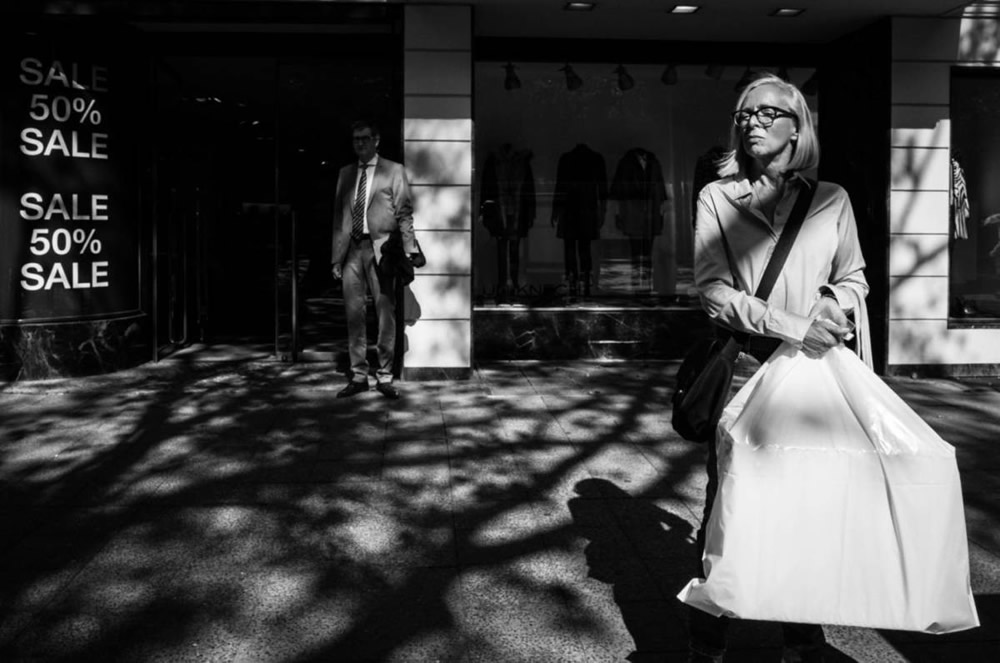
During the morning or evening, the sun is shining from a relatively low angle, creating very long shadows that can tell a story by itself or are just interesting to look at. Shadows are another great way to capture visual photographs in the city.
As already mentioned, as a pre-requisite I would only search during the morning or evening for shadow focused images. During the noon, the sun is at its highest point and the shadows are less spectacular.
When I look for these type of images, trees are ideal as their shadows work as a kind of elegant overlay over the natural location. Buildings on the other just cast massive shadows that mostly aren’t interesting to look at as they don’t leave much breathing in between the shadowed areas.
3) Background
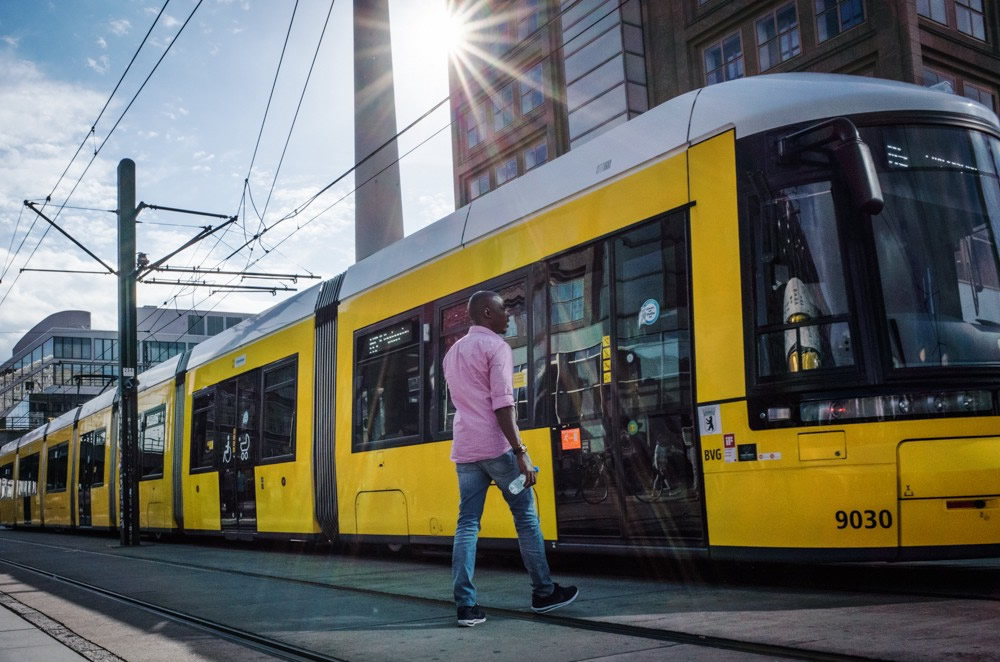
Another way to embrace the sun is by simply putting it in the background during a sunny day. As with shadows, this works best in the morning or evening when the sun is relatively low.
All you need to do is to find a location or place that you find interesting and search for a perspective to capture the sun as well. While directly photographing the sun, you need to be careful to not overexpose your image and avoid blown-out areas that you can’t recover in post-processing.
Meter to the highlights and to be safe, underexpose your image by one or two stops and you are able to raise the shadows afterward to point where you are satisfied with the look.
Personally, I like the look of the sun the best when it is not completely in the open of the sky, but kind of loops around a building. The light rays look much better and the exposure problems are reduced.
For additional points, you can go to a landmark, search for a point of view where the sun is just behind the building and wait for a person to enter the scene.
4) Light Rays
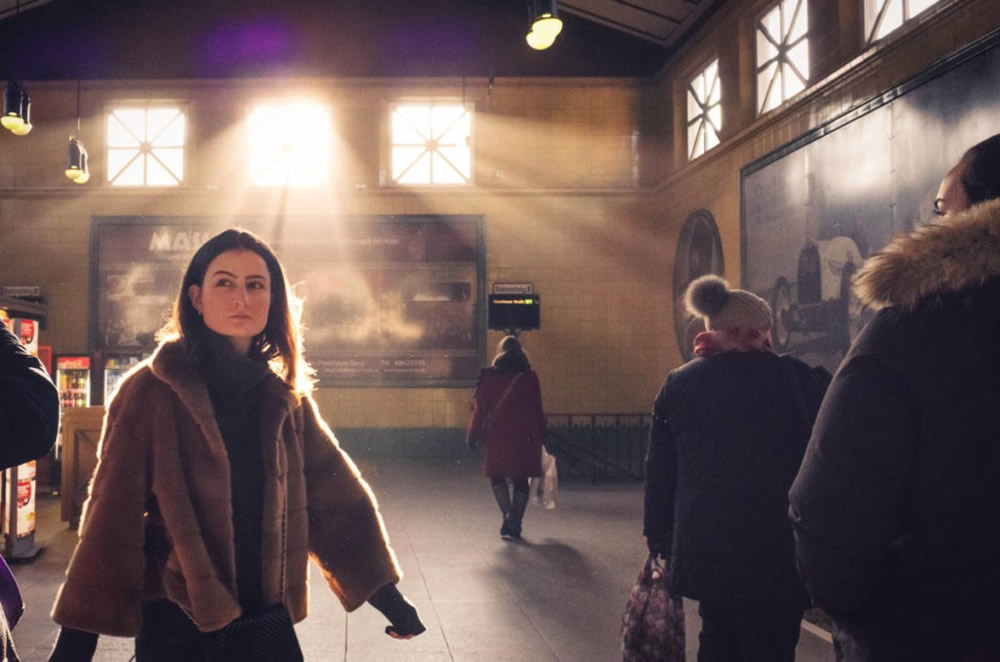
For the sun to become the main focus of attention you don’t need to photograph it directly. The sun can have a great effect when you are in buildings too.
My favorite spots for capturing light rays like in the picture above are train stations, or in this case, it was a subway train station. Depending on the architecture of your city there might also be other buildings that work for these kinds of images.
I found train stations to work best because they usually have high ceilings where there is enough space for the sun to enter. Older buildings work better because old-fashioned windows “break” the sun more dramatically.
Modern windows just let the light pass without any interference, whereas older designs have their own characteristics. This might be distracting for the normal passengers but for photographers, this is a dream come true. Just think about all the images at the New York Central station where the sun is just merely entering the station through the windows.
You can capture images like during the morning or evening when sun is at a lower angle again. For added effect, smoke works wonders with the light rays just passing in. Stations where you are allowed to vape an e-cigarette would be my favorite choice.
5) High Contrast
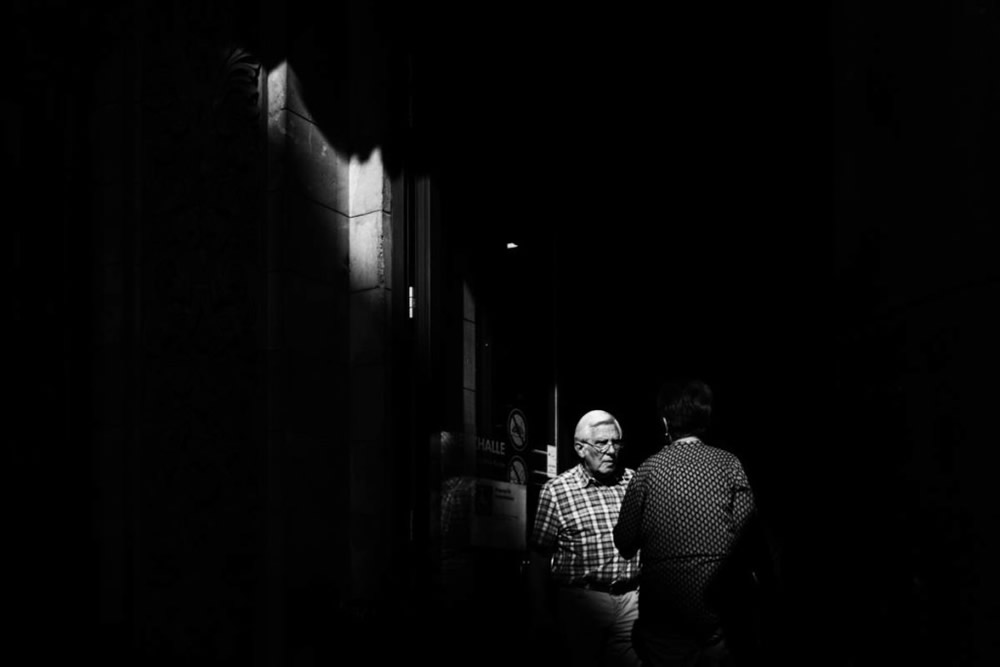
So far, the sun was mostly the highlight of the scene itself. Creating a scene of high contrast needs the support of the sun as well, but is more built around the shadows and darker areas.
Much like the normal shadow pictures, this time we can search for high buildings that are able to cast a massive shadow and leave only little light left to illuminate the scene.
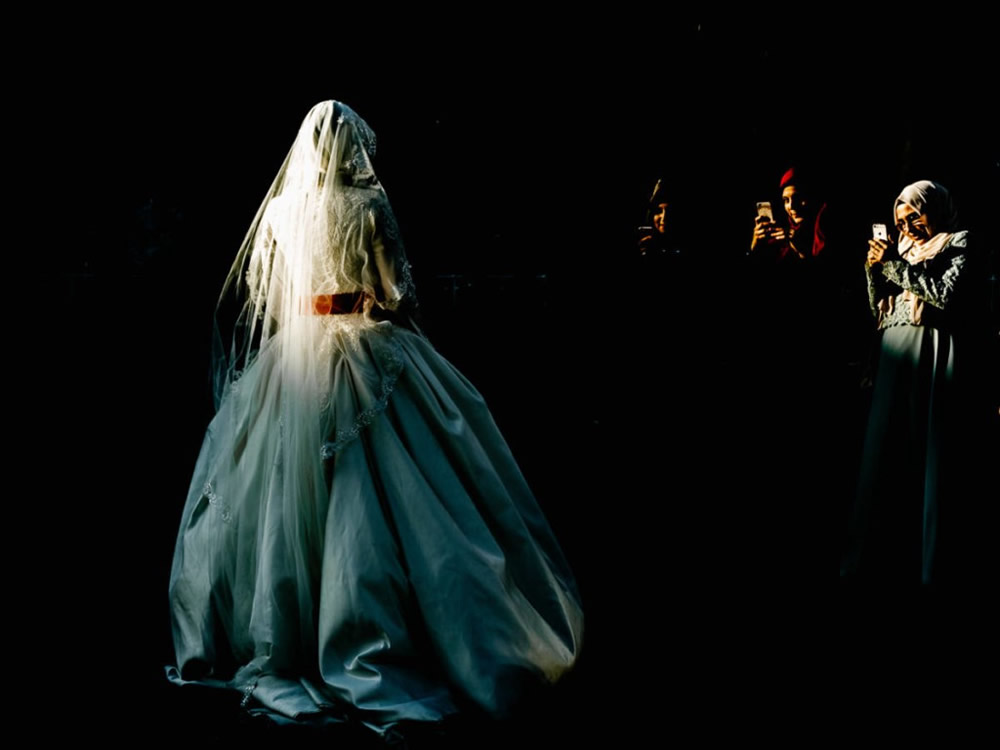
Photo By: Martin U Waltz
Another place where you can capture photos of high contrast is under bridges. Here you need to face the tunnel while the sun is diagonally behind your back. Search for the edges where the shadow begins to start and photograph the people as they are exiting the dark tunnel.
Images like these almost look like you have used a flash, but instead, you utilized the natural contrast to create negative space in your photography.
About Sebastian Jacobitz
I am Sebastian Jacobitz, a 28 year old hobby Street Photographer from Berlin, capturing the everyday life in this city.
Street Bounty is your resource for Street Photography and contemporary Documentary Photography.
Follow Sebastian Jacobitz on the web:

